
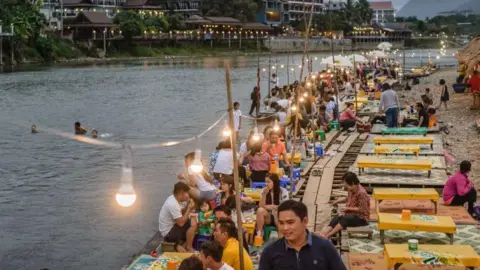 Getty Images
Getty Images
Towns like Vang Vieng in Laos - where the fatal poisonings took place - are known stops on the backpacking trail through South East Asia
Suspected methanol poisoning from tainted drinks has reportedly killed five tourists in a Laos holiday town in the past fortnight.
A British woman, an Australian woman, a US man and two Danish nationals have died, while another Australian woman remains critically ill in hospital. The deaths remain under police investigation, but news reports and testimonies online from other tourists suggest they may have consumed drinks laced with methanol, a deadly substance often found in bootleg alcohol.
Methanol poisoning has long been a well-known issue across South-East Asia, particularly in the poorer countries along the Mekong river.
But despite foreign governments posting warnings about alcohol consumption in these places, there is still little awareness among the backpacker party scene.
Flavourless and colourless, methanol is hard to detect in drinks and victims typically don’t see symptoms of poisoning straight away.
And in countries like Laos - one of the poorest and least developed in Asia - the problem arises from alcohol suppliers exploiting an environment where there is low law enforcement and almost no regulations in the food and hospitality industries.
What is methanol poisoning?
Methanol is a toxic alcohol used in industrial and household products like paint thinners, antifreeze, varnish and photocopier fluid.
It is colourless and has a similar smell to ethyl alcohol - the chemical substance found in alcoholic drinks.
But methanol is dangerous for humans and drinking just 25ml of it can be lethal.
It can take up to 24 hours for victims to start showing signs of illness which include: nausea, vomiting and abdominal pain which can escalate into hyperventilation and breathing problems.
If not treated, fatality rates are often reported to be 20% to 40%, depending on the concentration of methanol and the amount taken, says international medical charity Medicins Sans Frontiers (MSF) which tracks the number of global outbreaks.
But if a poisoning is diagnosed quickly enough, ideally within the first 30 hours, treatment can reduce some of the worse effects.
How common is the problem in South-East Asia?
Asia has the highest prevalence of methanol poisoning worldwide, according to MSF’s database.
It is a problem that often affects poorer countries - outbreaks are common in Indonesia, India, Cambodia, Vietnam and the Philippines.
Indonesia is regarded as a hotspot – it has reported the highest number of incidents in the past two decades, according to MSF, largely down to the widespread production and consumption of bootleg liquor.
Towns like Vang Vieng in Laos, where the fatal poisonings took place, are known stops on the backpacking trail through South East Asia. The town's economy is built on tourism, with streets of bars, restaurants and hostels that cater to visitors.
But in Laos, law enforcement is under-resourced and there are few regulations around food and alcohol standards. There is also an industry of home-brewed alcohol, which can lead to accidental poisonings.
Producers also make counterfeit drinks by making products with methanol instead of ethanol because it is cheaper, say local observers.
"You have the unscrupulous producer adding methanol to their drinks because it’s cheaper – it’s used to create a stronger-seeming drink or make lower-quality alcohol drinks seem more potent," one Western diplomat in the region told the BBC. They also said methanol poisonings are reported to consulates across the region.
However, a lack of data means it is hard to quantify the scale of the contamination, and where tainted drinks enter the supply chain.
"I don't think it's nefarious bar owners going out of their way to poison tourists - that's not good for them or their industry either," the diplomat said.
"It's more about the production side – there being being low education, low regulation, people cutting corners."
What can be done about it?
The diplomat also said that the risks of bootleg alcohol are well known among tourism operators and embassies, but a high-profile campaign is needed to inform tourists.
"This horrific event will probably help educate people, but not solve the cause of the problem,” they added.
Several Western governments updated their advice about alcohol dangers in South-East Asia on their consulate and travel pages this week.
Some campaigners have sought to raise attention to the dangers before. Australian man Colin Ahearn runs a Facebook page called 'Don't Drink Spirits in Bali' where he warns against mixed drinks like cocktails or drinks made from opened bottles of spirits.
He told Australian media earlier this week that his page used to receive a submission a week about methanol poisoning across South East Asia.
Addressing this, the western diplomat told the BBC that it would be hard for people to protect themselves unless they went completely teetotal on holiday, as it is unrealistic for tourists to check the original source of all their alcoholic drinks.

 German (DE)
German (DE)  English (US)
English (US)  Spanish (ES)
Spanish (ES)  French (FR)
French (FR)  Hindi (IN)
Hindi (IN)  Italian (IT)
Italian (IT)  Russian (RU)
Russian (RU)  3 days ago
3 days ago

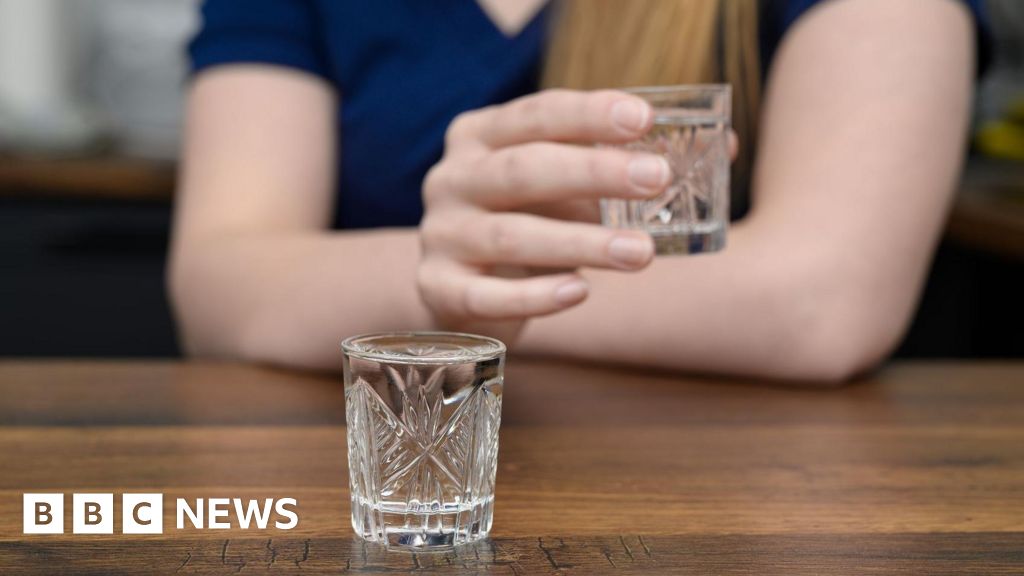

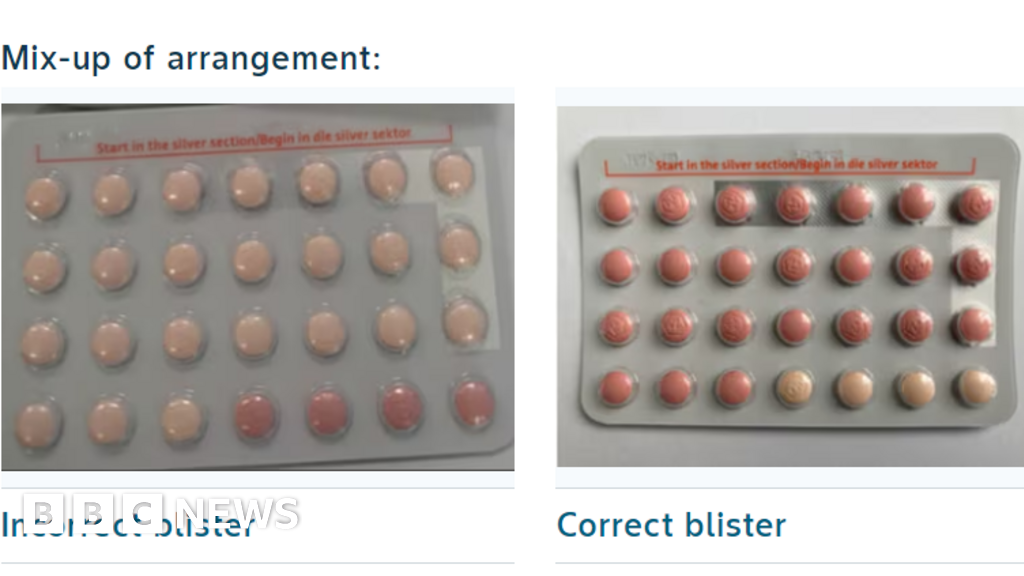




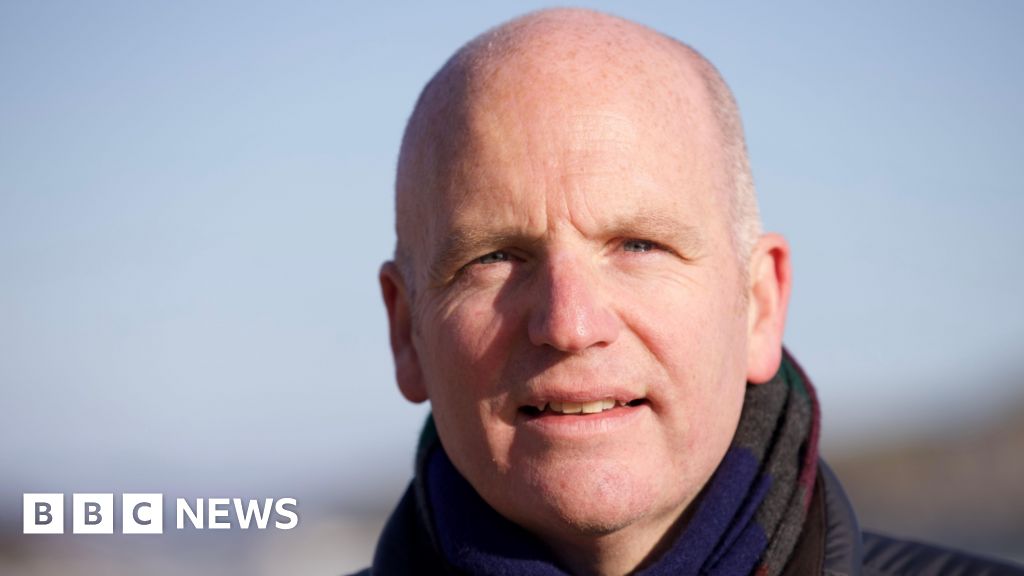
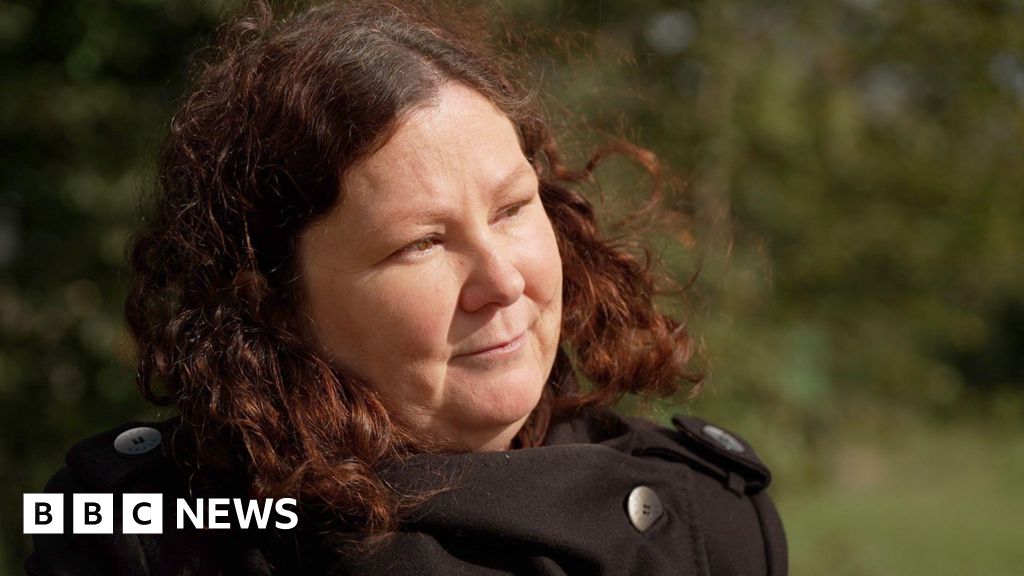

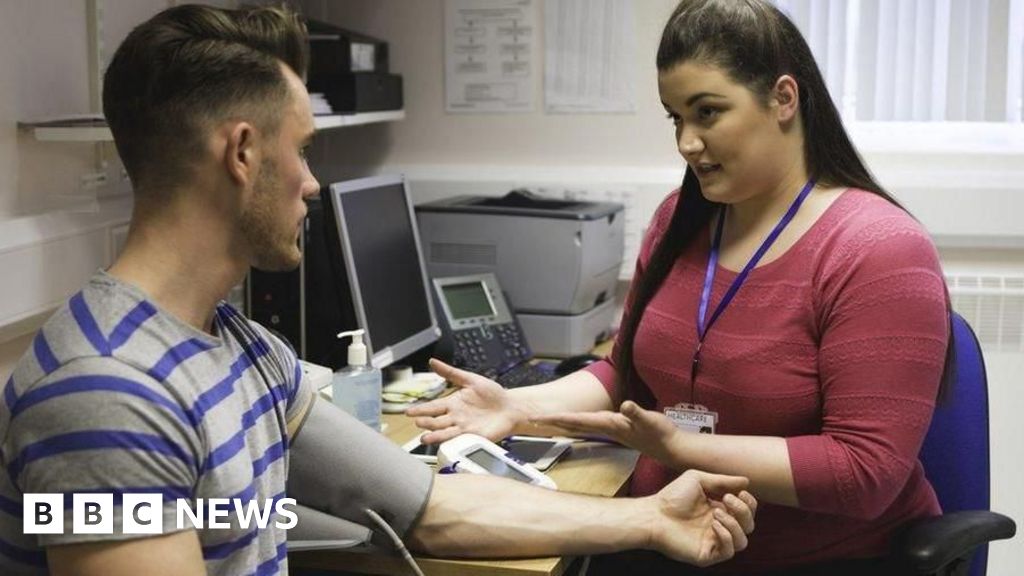












Comments